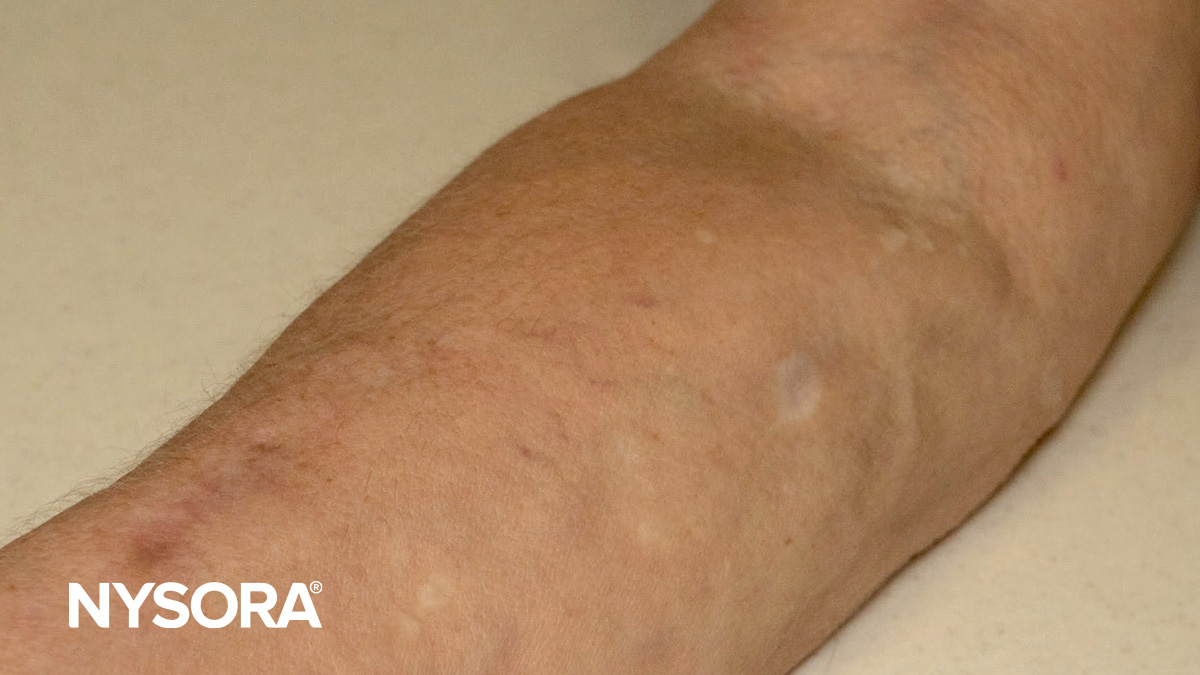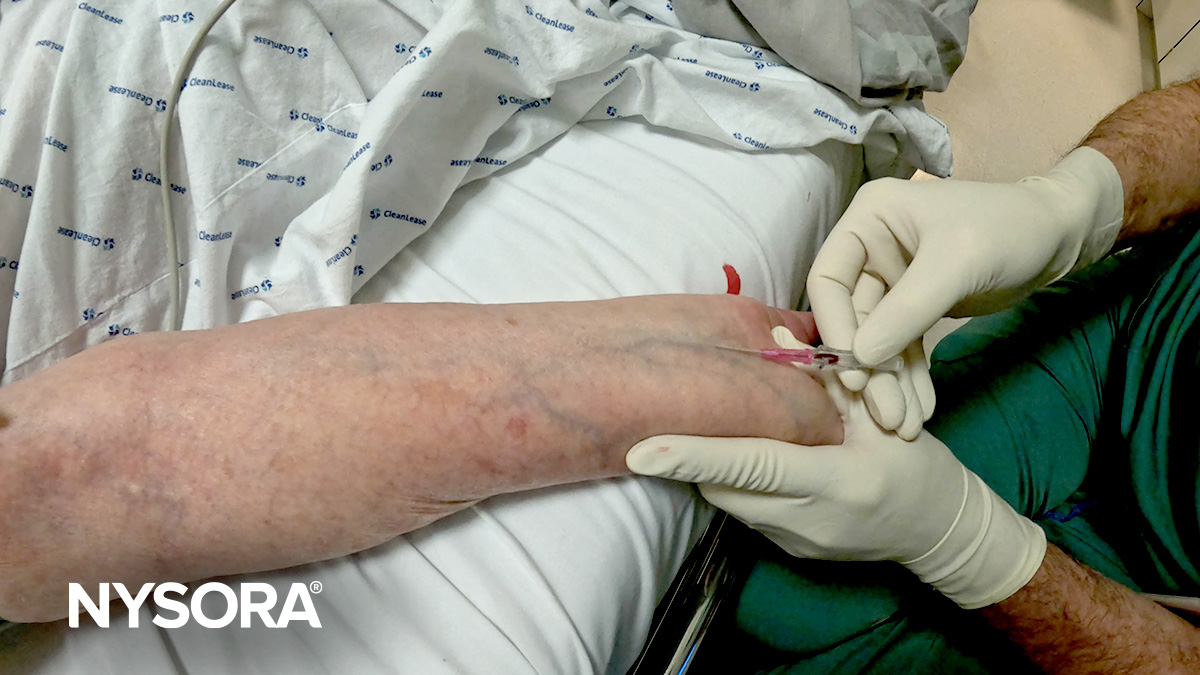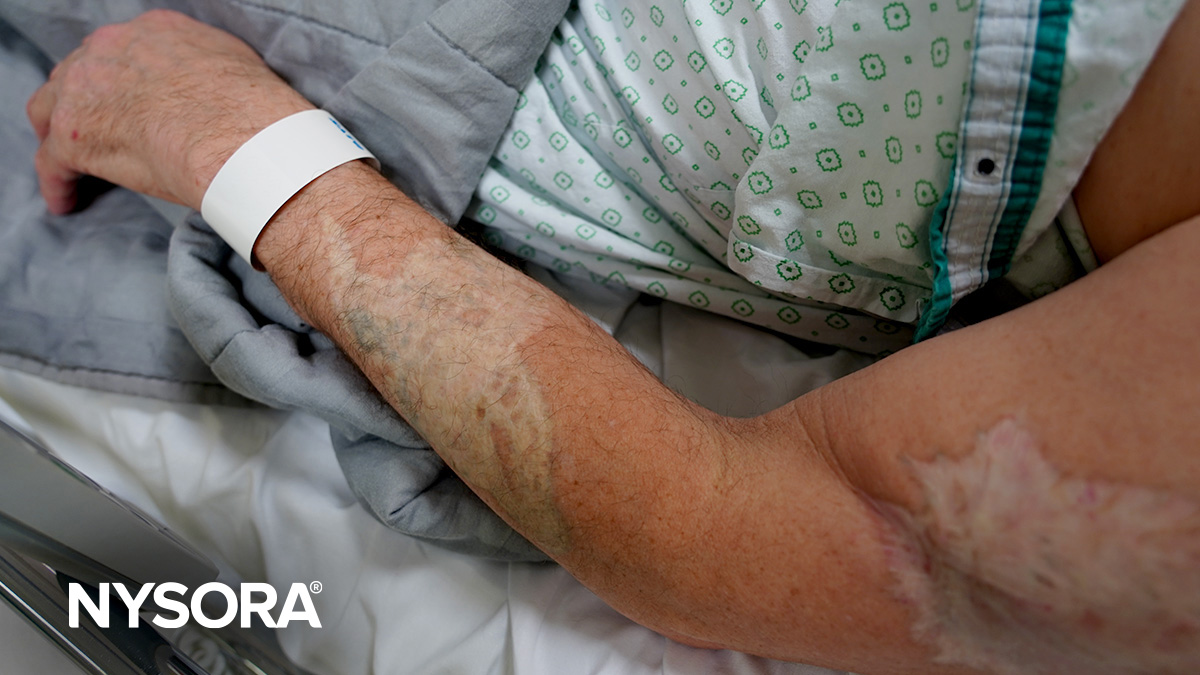Patients with a history of cancer, especially those who have received chemotherapy, often experience venous changes that make IV access difficult. Chemotherapy agents can cause venous damage, leading to sclerosis, reduced elasticity, and increased fragility of the veins. Additionally, repeated venipunctures throughout the treatment can further compromise venous integrity, resulting in limited or difficult-to-access venous sites.
Fragile veins
- Challenge: Chemotherapy often causes veins to become fragile, making them prone to damage during IV insertion.
- Solution: Apply gentle techniques and use smaller gauge needles to minimize vein damage.
Limited access sites
- Challenge: Frequent IV therapies may have exhausted accessible peripheral veins.
- Solution: Evaluate the patient’s history thoroughly and select alternative sites. Use ultrasound guidance to visualize suitable veins. Consider using midline catheters, PICCs, or CVCs.
Reduced immunity and infection risk
- Challenge: Cancer and chemotherapy may compromise the immune system, increasing the risk of infections.
- Solution: Employ strict aseptic techniques during IV insertion and maintenance. Check cannulation sites frequently for signs of infection and react promptly.
Tissue changes and sensitivity
- Challenge: Some chemotherapy medications can cause tissue changes, making the skin more sensitive or leading to extravasation injuries.
- Solution: Handle the skin carefully. Opt for smaller gauge needles, and check cannulation sites frequently for signs of leakage or injury.
Fluid overload
- Challenge: Certain cancer treatments may induce fluid retention, complicating the administration of additional IV fluids.
- Solution: Carefully calculate and monitor the volume of IV fluids administered to prevent fluid overload.
NOTES
- Advanced techniques, such as ultrasound-guided IV or central venous access may be necessary for identifying viable veins and achieving successful cannulation in patients with compromised venous access.
- In some patients surgical intervention may be needed to establish permanent access to the circulation for repeated chemotherapy treatment.
Overused veins with skin discoloration due to irradiation in a patient with cancer.









